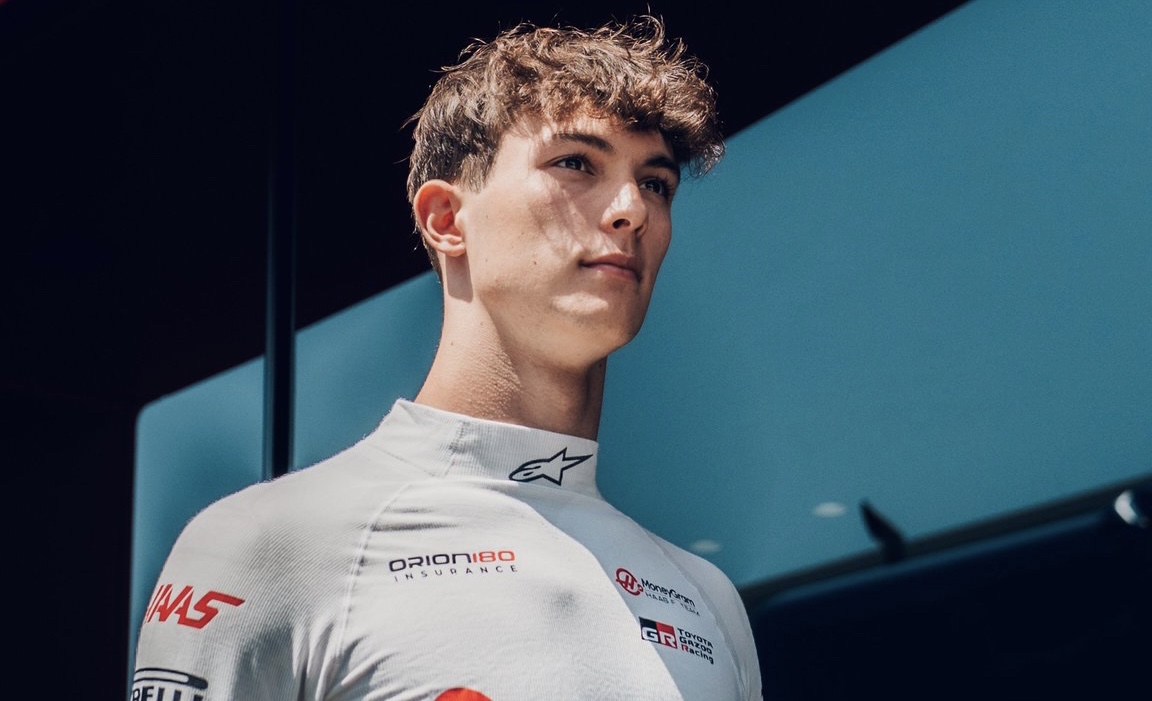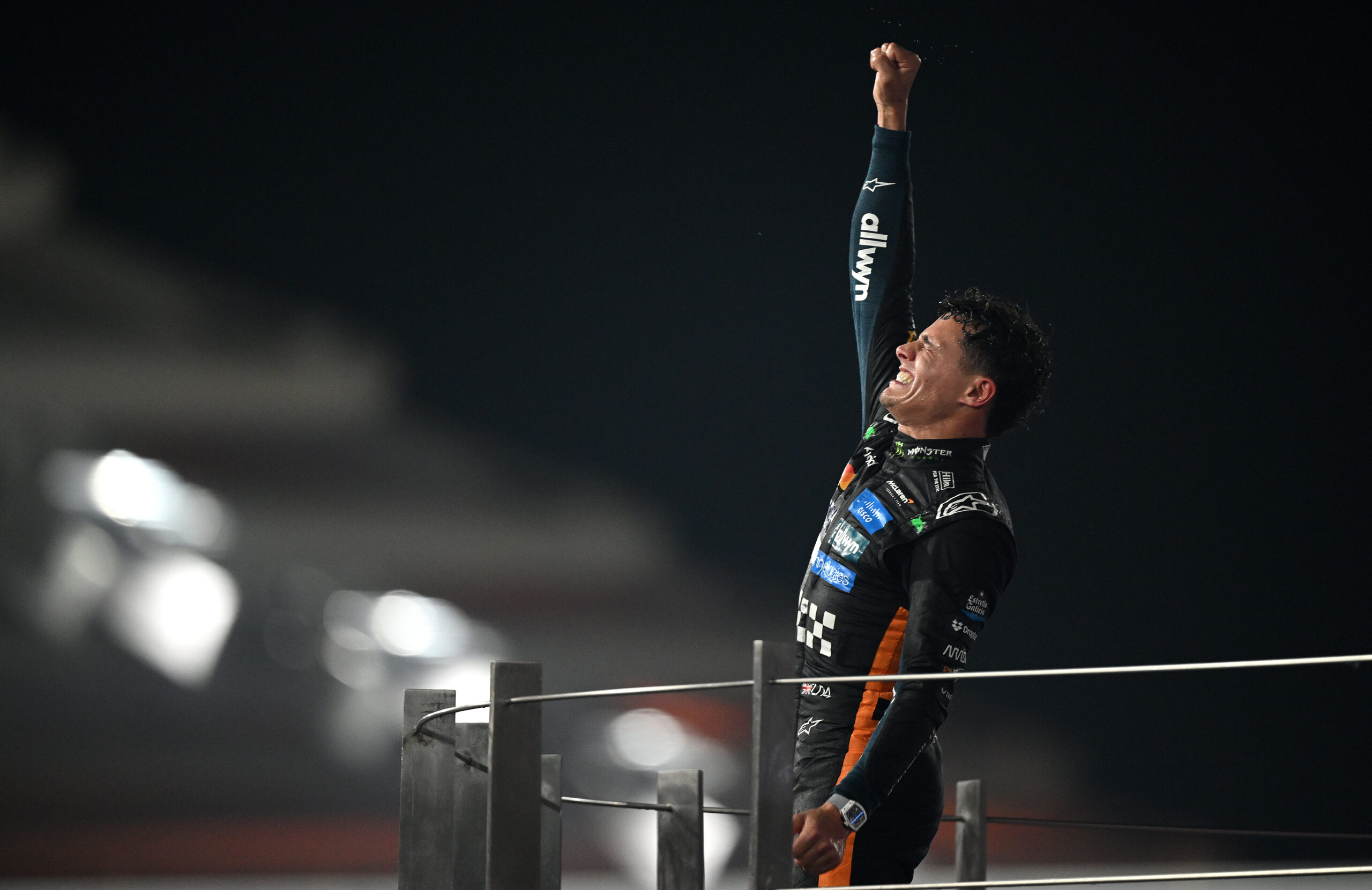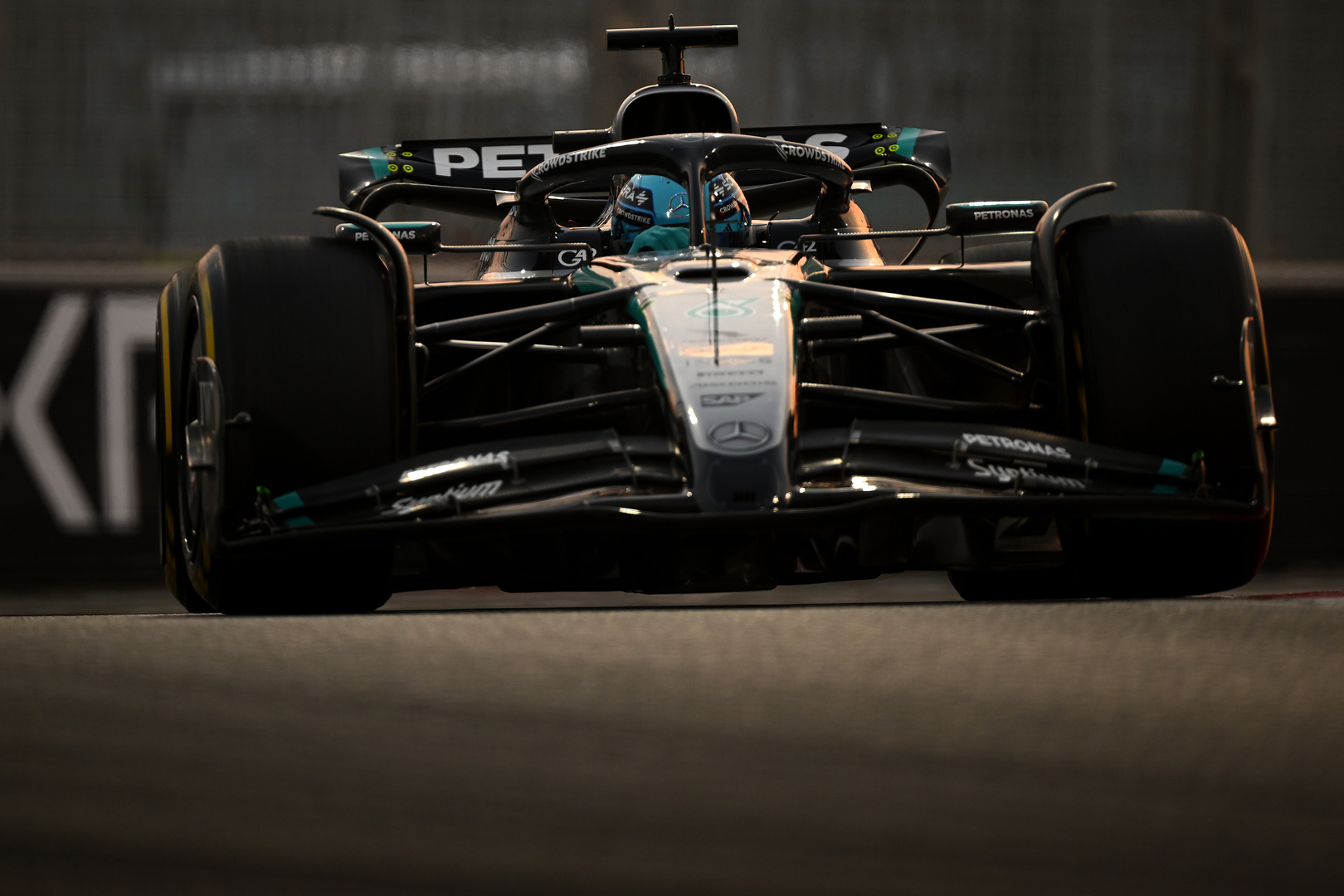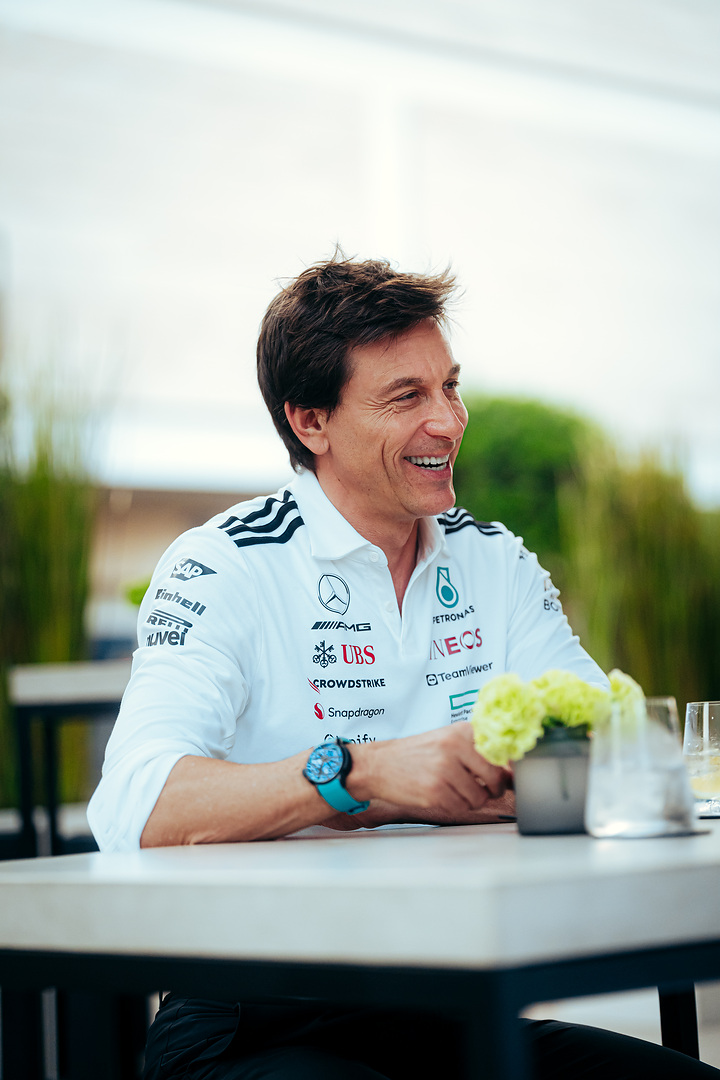
Photo credits: Oracle Red Bull Racing
German publication Auto Motor und Sport has reported that F1 apparently plans to prevent DRS being used in qualifying for this year’s Dutch Grand Prix when racing resumes after the summer break in Zandvoort. If this supposed plan was to go ahead, it is believed that it would have the biggest impact on Oracle Red Bull Racing and as such has the potential to shake up the starting grid.
Red Bull Racing fans will surely state that any plan to prevent DRS being used in qualifying is yet another moment where the powers that be of F1 are trying to stop their team dominating. However, there could be a second school of thought which is that in a season which seems to be a foregone conclusion (as far as the championships are concerned) it is allowing F1 to try out new measures which may benefit the sport in the long term.
Therefore, just how much of a difference does DRS make to the RB19 which means such a rule change is newsworthy?
AMuS analyased this year’s Belgian Grand Prix and found that the RB19 reached a maximum speed of 340.8km/h when using DRS compared to 320.5km/h without it. Red Bull Racing’s closest rival in this area was Scuderia Ferrari as the Italian manufacturer gained considerable ground to now reach 337.3km/h when DRS is deployed – and 318.3km/h without it. Mercedes for their part, with Lewis Hamilton behind the wheel in a car running less downforce, reached 330km/h with DRS and 319.8km/h without it. Meanwhile, McLaren – a team very much on the rise – when compared to the RB19 was way back on 326.9 km/h when DRS is used and 311.6 km/h without. This goes to show that qualifying could be a challenge for the Woking-based manufacturer.
Such data also leads one to conclude that the battle for pole in Zandvoort will be closely contested between Red Bull Racing, Mercedes and Scuderia Ferrari. However, wherever Max Verstappen finds himself on the grid, come race day in front of his home fans, it will surely only be a matter of time before the Dutchman takes the lead as the track features numerous DRS zones and is known for its overtaking possibility.

Having heard this news there will no doubt be many F1 fans who feel that a mid-season rule change which prevents DRS being used in qualifying is one which is done to artificially generate a starting grid in a season which Oracle Red Bull Racing and Max Verstappen are dominating. However, in the same breath, Mercedes AMG Petronas Formula One team fans will no doubt refer to the fact that their team’s pioneering dual axis steering (DAS) system was outlawed for the 2021 season by the FIA. Such incidents show again that ingenuity in the pinnacle of motorsport is not always welcomed when it spreads the field out too much.
Already this season the Hungarian Grand Prix saw the ‘Alternative Tyre Allocation’ qualifying on trial. This meant that drivers and teams had mandatory tyres to use in Q1, Q2 and Q3. However, there is always the worry that these measures are done to generate tv interest and viewers rather than for the good of the sport – but F1 making mid-season rule changes is nothing new.
One such example is when Fernando Alonso almost had his 2006 F1 World Championship Drivers’ bid derailed after the FIA decided to ban Renault’s infamous mass damper system. On that occasion the Spaniard came out on top despite the mid-season rule change and with two-time F1 Drivers’ Champion Max Verstappen currently holding a 125-point lead at the top of the 2023 standings it is safe to assume no one will catch the reigning champion this year.
Once again, the real excitement could come from the midfield as the closeness of the cars without DRS being deployed means that the chance of some new faces getting into Q2 or even Q3 becomes a possibility. For that reason, it could be assumed that this rule change would be welcomed by those typically found further back on the grid – if it does come into fruition.
Whether an artificially generated starting grid or not, the Dutch Grand Prix is certain to be another exciting race and no doubt one which sees Max Verstappen on the top step yet again – if his race is without incident. Oracle Red Bull Racing seem destined to charge on in 2023 whatever obstacles may be placed in front of them and that does not seem set to change anytime soon.






